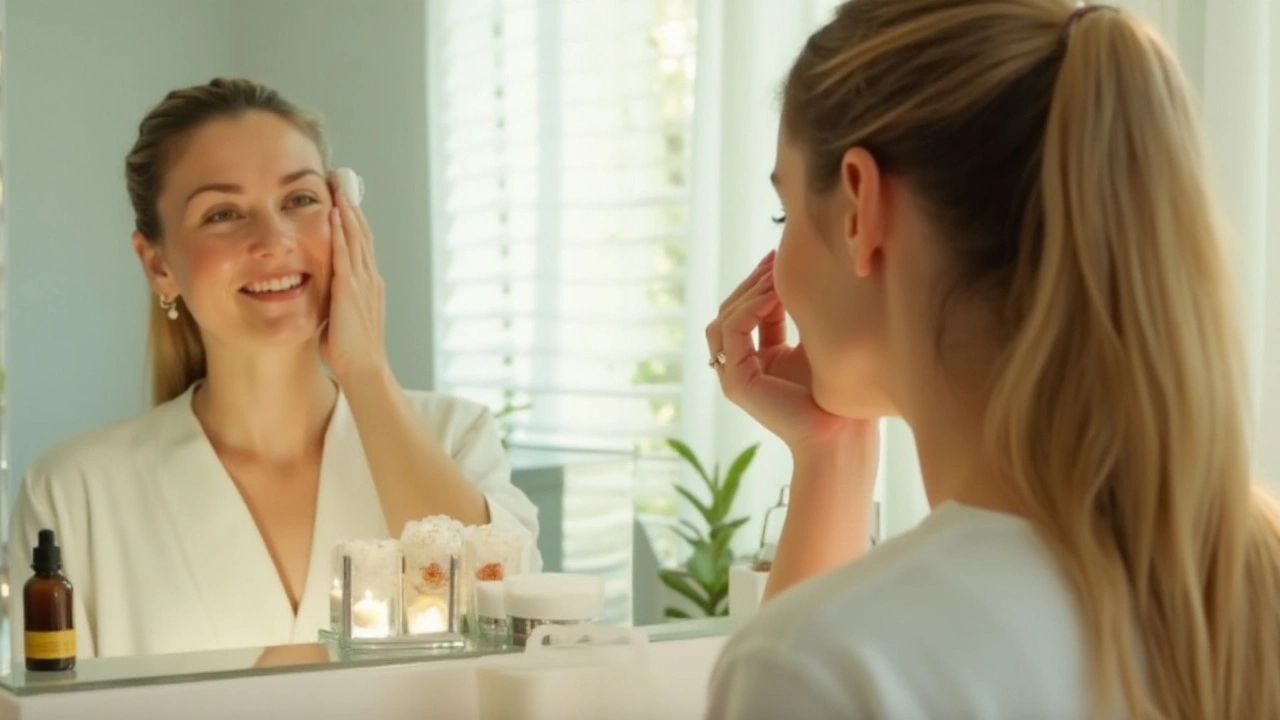Facial Massage for Dogs: Simple Steps to Calm and Comfort
Want a calm, more comfortable dog? Facial massage is a gentle tool you can use at home to ease jaw tightness, reduce facial tension, and help nervous dogs relax. It’s quick, needs no special gear, and dogs often love the attention if you go slow and read their cues.
Facial massage targets areas around the muzzle, cheeks, ears, and jaw. For dogs with anxiety, chronic teeth grinding, or tension after play, a short session can lower stress and encourage softer breathing. Keep expectations realistic: this is a comfort and support technique, not a medical fix. If your dog has an infection, open wound, skin disease, or dental pain, check with your vet first.
Quick facial massage routine
Start with two minutes and build up to five. Sit where your dog feels secure and use calm, slow speech. Warm your hands by rubbing them together. Use your fingertips and the pads of your fingers—not your nails. Begin with light, circular motions on the cheeks, moving from the nose toward the ears. Spend 20–30 seconds each side.
Next, use soft, horizontal strokes along the muzzle with thumb and forefinger, moving from nose to the base of the skull. This eases jaw muscles and can help dogs that hold tension around their mouth. Apply gentle pressure—think of pressing a soft fruit, not a hard ball. If your dog relaxes, you can add small kneading motions just behind the jowls and under the cheekbones for another 30 seconds per side.
Finish by stroking around the base of each ear and behind the ears down toward the neck. Many dogs find this area soothing. Offer a treat or praise afterward so your dog links the massage with something positive. Repeat 3–5 times a week, or daily for anxious dogs, but keep sessions short.
Safety tips and red flags
Watch your dog’s body language: soft eyes, relaxed mouth, slow breathing, and leaning into your hand are good signs. Pull back if your dog tenses, licks lips repeatedly, yawns a lot, raises a paw, or moves away. Don’t massage over hot, swollen, or painful areas. Avoid deep pressure on the jaw if the dog shows signs of dental pain or recent surgery.
Use massage as a companion tool with training, walks, and vet care. If your dog has breathing trouble, persistent head shaking, swelling, or severe pain, contact your veterinarian right away. For breeds with heavy facial folds, check skin folds afterward and keep them clean to prevent irritation.
Facial massage is an easy way to add comfort to your dog’s routine. Short, gentle sessions build trust, help with tension, and make grooming or vet visits less stressful. Try a few minutes today and watch how your dog responds.

Discover the Benefits of Snail Facial Massage for Youthful Skin
Unlock the secrets of nature's unexpected skincare ally: the snail! This article delves into snail facials, exploring their origins, benefits for skin rejuvenation, the science behind them, and expert tips for incorporating them into your routine. Discover how these unique treatments offer a natural solution for achieving healthy, radiant skin.

Transform Your Beauty Routine with the Power of Gua Sha
Gua Sha, an ancient Chinese skincare technique, is becoming a modern-day beauty must-have. This article shares essential tips, fascinating facts, and a step-by-step guide to incorporating Gua Sha into your skincare routine. Learn how this practice can improve your skin's health and provide a natural, radiant glow.

Unlocking Radiant Skin with Gua Sha Techniques
Discover the ancient art of Gua Sha and how it can transform your skincare routine. Through simple yet effective techniques, this practice promises to help in achieving a glowing complexion. Explore tips, interesting facts, and step-by-step guides to incorporate Gua Sha into your daily ritual effortlessly.

Revitalize Your Skin with Gua Sha Techniques
Discover how to transform your skincare routine with the ancient practice of Gua Sha. Learn about its benefits, how to use it effectively, common mistakes to avoid, and tips for getting the best results. Unveil the secret behind this natural, non-invasive beauty technique.

Revitalize Your Skin: The Amazing Benefits of Snail Mucin Facial Massage
Delve into the world of snail mucin and its remarkable benefits for your skin. This article unveils how incorporating snail mucin facial massage into your skincare routine can promote healthier, more radiant skin. We explore the science behind snail mucin, outline a step-by-step guide for applying it, and provide tips for maximizing its benefits. Additionally, discover firsthand experiences and success stories that highlight the transformative power of this unique skincare ingredient.




